

The new Sony A6700 replaces the A6600 model that was released nearly 4 years ago in September 2019 and now currently sits above the A6400 in the APS-C sensor camera range.
Both cameras look very similar at first glance, so many would-be buyers will be wondering exactly how the two cameras compare with one another, and ultimately which is the “best” one to buy.
We’re bringing you this in-depth Sony A6700 vs Sony A6400 head-to-head comparison to help you choose between the new camera and its more affordable sibling.
You can also read our detailed Sony A6400 review and Sony A6700 review to find out exactly what we think of each one.
Sensor
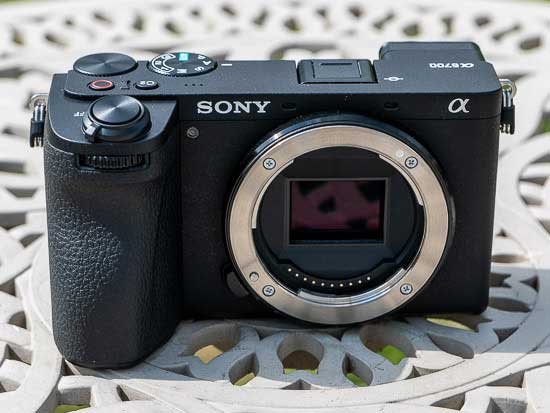
The image sensor is one of the biggest difference between the A6700 and the A6400, and a good reason why you should choose one over the other.
The new Sony A6700 has the same 26 megapixel Exmor R backside-illuminated (BSI) CMOS sensor that was used in the FX30 cinema camera, joined by the latest Bionz XR processor.
The older A6400 has a 24.2 megapixel Exmor CMOS sensor which offers slightly less resolution, coupled with the Bionz X processor.
The A6700 has a BSI (backside illuminated) sensor whereas the A6400 does not. This sensor type is better at collecting light and should help to improve image quality.
ISO Speed
Both cameras offer exactly the same native ISO range of 100-32,000, and both can be pushed two stops further to ISO 204,800 and drop down to ISO 50 if required.
Video
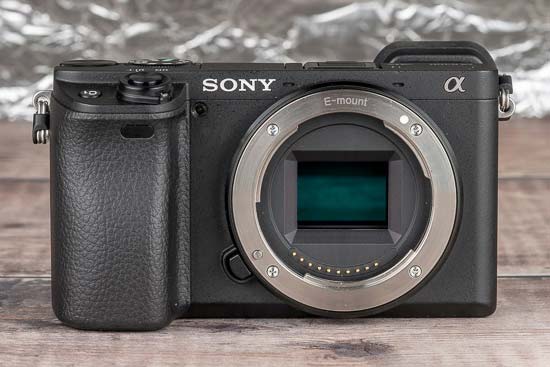
The A6700 offers much more advanced video recording specs and performance than the older A6400, plus it has a headphone jack which the A6400 doesn’t have, making it trickier to monitor the sound levels.
The A6400 offers 4K UHD video recording in the XAVC-S format, up to 30fps at 4:2:0 color depth in 8-bit to the inserted memory card or 4:2:2 in 8-bit over HDMI to compatible third party recorders.
It supports the HLG, S-Log3 and S-Log2 profiles and can record Full 1080 HD at up to 120fps, with the dedicated Slow and Quick motion mode offering frame rates ranging from 1fps to 120fps at 1080p quality.
There is no 4K 60p or 10-bit recording on this camera.
The A6700 can capture oversampled 4K from 6K at up to 60p and also 4K/120p with a 1.62x crop. Video can be captured in 10-bit 4:2:2 or 4:2:0 in either H.265 or H.264 AVC files.
The Slow and Quick motion mode offers frame rates ranging from 1fps to 240fps at 1080p quality.
In addition, the one-touch movie button has been relocated from its rather awkward position on the rear-shoulder of the A6400 to the top-panel of A6700.
The Sony A6700 also supports the newer Digital Audio Interface (via the Multi Interface Shoe) to enable use of the ECM-B1M digital shotgun microphone.
It offers the clever Auto Framing feature which uses the camera’s AI-based subject recognition technology to automatically crop the frame to keep the subject in a prominent position when shooting movies, even when the camera is mounted on a tripod.
Autofocus
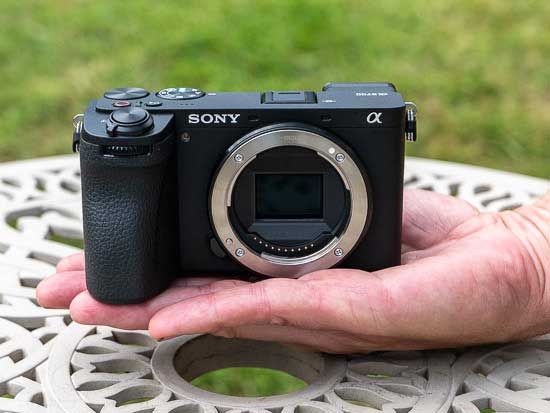
The new A6700 has the same hybrid autofocus system with phase detection and and contrast detections points as the A6400, but with more points, greater frame coverage, greater low-light sensitivity and expanded subject recognition.
On the A6700 there are 759 phase-detection points and 25 contrast points that cover 93% of the frame, with the system working all the way down to -3EV low-light.
On the A6400 there are 425 phase-detection points and 425 contrast points that cover 84% of the frame, with the system only working down to -2EV low-light.
By far the biggest difference between the two models in terms of their auto-focusing performance is subject recognition.
Sony has added an AI deep learning processing unit to the newer camera which enables it to recognise far more subjects than the previous model, and also greatly improves the detection of humans and animals/birds.
The A6400 can only recognise the eye and face of a human, and the eye of an animal.
For the first time on an Sony APS-C sensor camera. the A6700 can recognise a human via its pose as well as its eye and face. So if the person’s head is turned away from the camera, the A6700 will still accurately detect the subject as human based on its AI deep learning.
Animal and bird detection has been expanded from just being able to recognise the eye on the A6400 to the eye, head and body on the A6700.
As well as humans and animals, the A6700 also has the ability to recognise airplanes, cars, trains and insects. The A6400 cannot recognise any of these subjects.
Burst Shooting
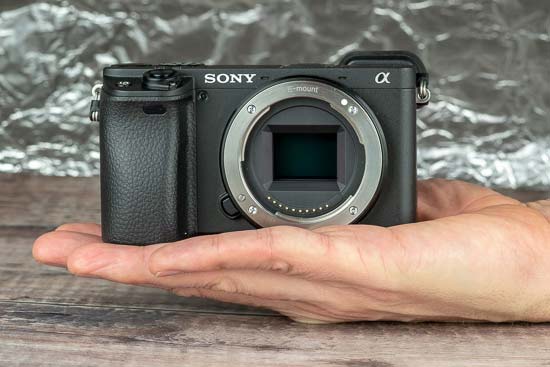
The two models are evenly matched when it comes to continuous shooting speeds, with both models offering 11fps burst shooting with Full AF/AE tracking.
There is one significant difference between them though that has more of an impact on burst shooting performance – the buffer size.
The A6700 has a much larger buffer than the A6400, being able to shoot at 11fps for over 1000 Fine JPEGs, 59 RAW images or 44 RAW and JPEGs in one high-speed burst.
In comparison the A6400 can only manage 116 JPEG or 46 RAW files at full speed before its buffer is full and the burst shooting rate slows down.
Secondly, the fastest rate on the A6700 is available with either the mechanical shutter or the completely silent electronic shutter, but the A6400 cannot shoot silently at 11fps, which could be the difference between capturing that candid moment or distracting your subject and missing the shot.
Body
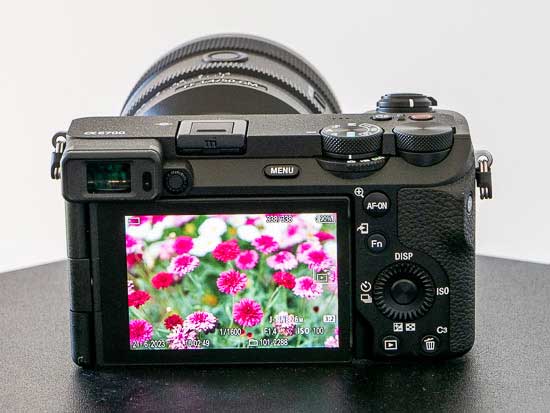
The A6700 and the A6400 are externally very similar, but Sony have made a few notable improvements to the new model.
Firstly, the handgrip on the A6700 has been made larger and more prominent to offer greater balance with heavy or telephoto lenses.
There is now a second command dial at at the top of the handgrip which makes it even easier to change the key exposure settings in conjunction with the rear command dial.
On the rear, the Still/Movie/S&Q dial from the A7 full-frame series has made its way onto the A6700, joined by a larger, more prominent AF On button and a new C1 custom button which accesses the white balance settings by default.
The much clearer although still lengthy main menu system from the ZV-E1 camera has been included on the A6700 along with a greater number of touch controls including the ability to operate the menu system and swipe up to open the Function menu.
These are joined by an array of onscreen touch icons that are specific to the stills and movie modes.
Viewfinder
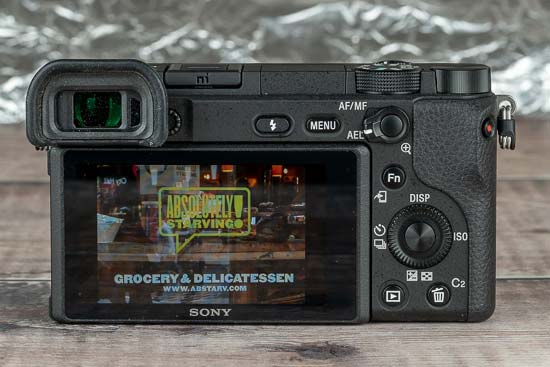
The A6700 features almost exactly the same 2.36million-dot XGA OLED electronic viewfinder as the one used by the A6400.
It features 0.70x magnification, 23mm eyepoint, 100% scene coverage and either a 60fps or 120fps frame rate setting, the latter helping to help track moving subjects more smoothly with virtually no lag.
The single difference between the two cameras is that the A6700 has a brighter EVF that’s almost equal to the one found in the A7R V full-frame camera.
LCD Screen
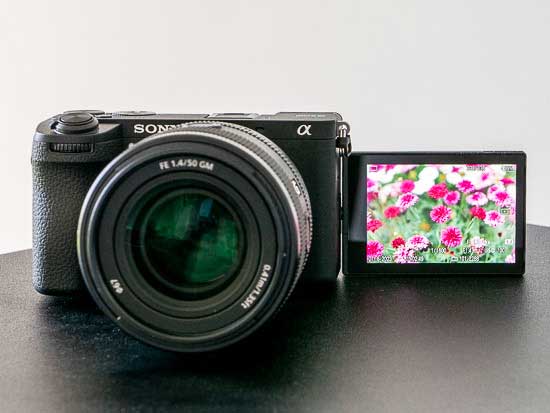
The Alpha 6700 has a slightly higher-resolution 3-inch, 3:2 ratio LCD screen than the A6400 – 1.03 million versus 922,000 dots – but we’d have expected to see a much higher resolution screen on a new camera released in 2023.
There is one major change, though, that’s very welcome.
The A6700’s screen has a fully articulating vari-angle design which is a big improvement on the A6400’s flip-up design, which can only be tilted down by 74 degree and up by 180 degrees and can’t also be tilted out to the side.
On the A6700 you can flip out the screen to the side, rotate it forwards for easier operation when pointing the camera at yourself, and fold it flat against the back of the camera to stop it from getting scratched.
So while the core specs of the LCD screen are almost the same on both models, the free-angle design on the A6700 means that it’s simply a more versatile screen for vlogging, movie shooting and photography in general.
IBIS
This is the single biggest difference between the A6700 and the A6400.
The former model has 5-axis optical in-body image stabilisation that corrects for pitch and yaw shake, rated for up to 5 stops of compensation, whereas the cheaper A6400 doesn’t have IBIS at all.
Sony claim that the A6700 also has an updated algorithm that provides more precise control and detection down to the single pixel level, but we’re not sure at this point what material effect that has on the resulting images.
Flash
Being a chaper, more consumer-oriented product, the Sony A6400 has a built-in pop-up flash, which although not very powerful, can be handy in some situations.
The more expensive, more enthusiast-targeted A6700 does not have a bulit-in flash, relying instead on you fitting a more powerful and versatile external flashgun.
Memory Cards
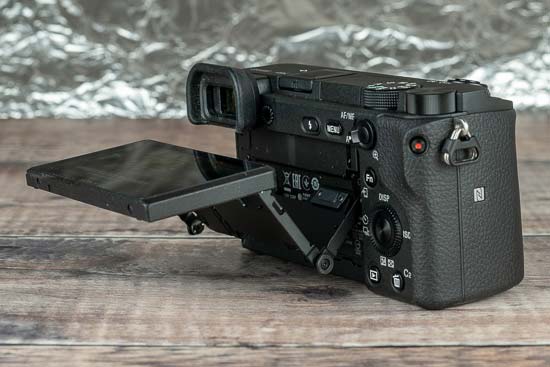
Perhaps unsurprisingly given their compact size, both cameras only have a single memory card slot.
There are two important differences though.
The newer Sony A6700 has a faster SD UHS-II memory card slot, whereas the A6400 uses the slower UHS-I standard.
Secondly, the A6700 now has a dedicated memory card port that’s hidden behind a lockable door on the left-hand side of the camera.
On the A6400 the memory card slot is next to the battery in a shared compartment on the bottom of the camera, which is much less convenient, especially when the camera is mounted on a tripod.
Battery Life
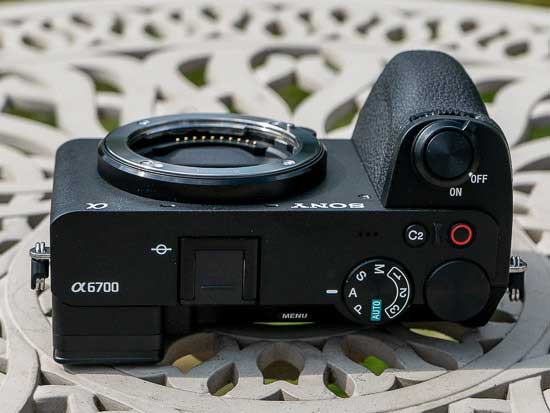
The Sony A6700 uses a larger capacity NP-FZ100 battery than the A6400 model, offering a CIPA-rated battery life of around 700 shots when using the LCD screen and 750 when using the viewfinder.
By contrast, the A6400 has a much shorter battery life of around 410 shots when using the LCD screen and 360 when using the viewfinder.
Both cameras can also be powered and charged via a USB connection, which is useful if you’re out and about and have a compatible powerbank to plug the camera into, but the port is slightly different – the newer USB-C on the A6700 and older micro USB 2.0 on the A6400.
Price
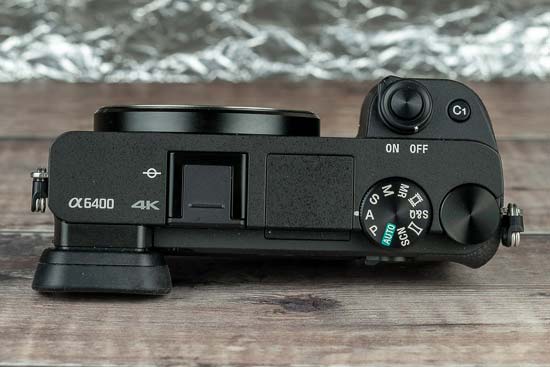
The launch price of the Sony A6700 is substantially higher than the A6400’s was back in 2019.
A price-tag of £1450 / €1700 body only, £1550 / €1800 with the Sony E PZ 16-50mm F3.5-5.6 OSS kit lens or £1800 / €2100 with the E 18-135mm F3.5-5.6 OSS zoom lens does makes the new Sony A6700 more expensive than when the A6400 was launched back in 2019.
In comparison, the A6400 was priced at £950 / $900 / €1050 body only, £1000 with the E PZ 16-50mm F3.5-5.6 OSS lens or £1300 as a kit with the E 18-135mm F3.5-5.6 OSS.
Conclusion
The Sony A6700 is clearly a much more capable camera than the A6400, but is it overkill for most users, and is it worth the higher asking price?
What do you think? Would you choose the new Sony A6700 or the still capable and crucially cheaper A6400? Leave a comment below!






